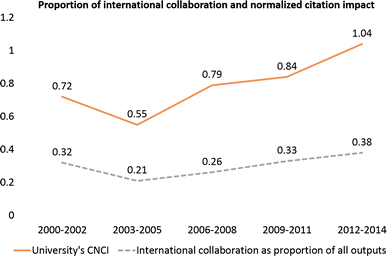Figures & data
Fig. 1 a Internal research collaboration between authors 2000–2002. Source CRIS. b Internal collaboration between research disciplines 2000–2002. Source CRIS

Fig. 2 a Internal research collaboration by author 2009–2011. Source CRIS. b Internal collaboration between research disciplines 2009–2011. Source CRIS
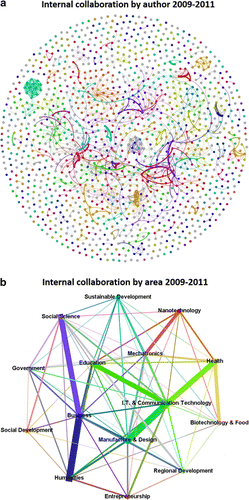
Fig. 3 The graph shows the average weighted degree between researchers of the same research area in four triennia. Average weighted degree of researchers increased in all areas after knowledge management. Source CRIS

Fig. 4 Detected clusters of co-authors increased by over 50% after knowledge management. These co-author clusters increased in size throughout the study. The number of detected clusters and designated research groups quickly converged. Source CRIS
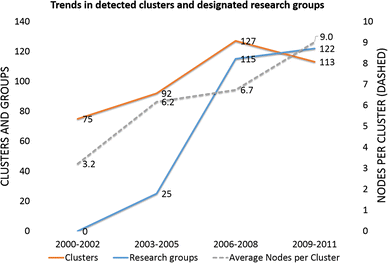
Fig. 5 Total scientific production as well as scientific production realized via collaboration increased under knowledge management. Source CRIS
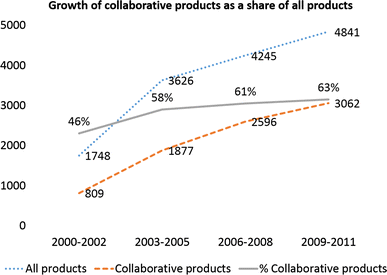
Table 1 Scientometric outputs from Web of Science and CRIS
Fig. 6 International collaborating institutions and internationally collaborative products. Source Web of Science
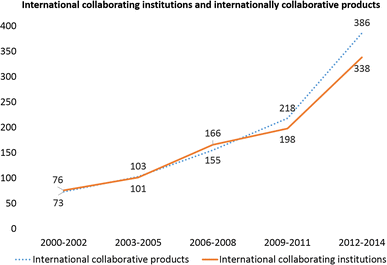
Fig. 7 Proportion of international collaboration is the number of publications with an international co-author divided by the total number of publications. To the extent that knowledge management has affected the university’s proportion of international research collaboration, it has correlated with research quality as measured by category normalized citations. Source Web of Science
